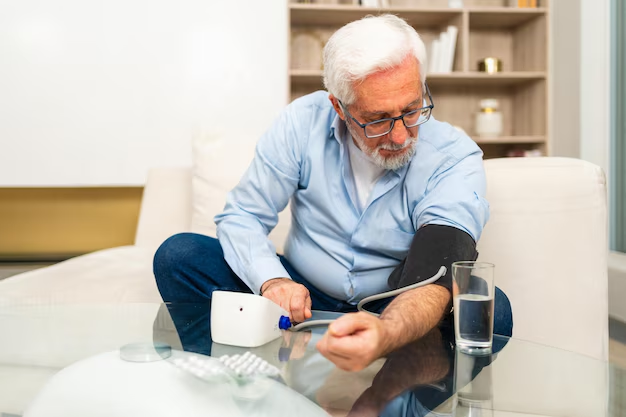Will Medicare Cover Your Blood Glucose Test Strips?
Managing diabetes effectively often involves regularly monitoring blood sugar levels, and blood glucose test strips are an essential tool for that. If you rely on Medicare for your healthcare, you may wonder if these necessary supplies are covered. Here's what you need to know about Medicare's coverage for blood glucose test strips.
Medicare's Coverage for Blood Glucose Test Strips
Medicare, the U.S. federal health insurance program primarily for people aged 65 and older, offers several types of coverage. Blood glucose test strips are covered under Medicare Part B, which deals with outpatient care and certain home health services.
To qualify for Medicare's coverage of test strips, your doctor must document that you have diabetes and require them for regular monitoring. Part B typically covers 80% of the cost of your test strips after you meet your deductible. You're allowed to get these strips via mail order or through a local pharmacy, whichever set-up you prefer, although the number of strips covered depends on whether you use insulin.
Additional Coverage Through Medicare Advantage
Medicare Advantage Plans, known as Part C, often provide the same benefits as Original Medicare but with added coverage which might include a wider range of test strips and diabetes supplies. To make the most of Medicare Advantage, check if your plan has specific offers or no-cost test strips.
Practical Financial Assistance for Diabetes Supplies
Even with Medicare covering a substantial part of the cost, managing diabetes can still be financially taxing. Thankfully, there are programs offering additional aid:
Senior Savings Model: Some Medicare drug plans have voluntarily signed up for this program, capping insulin copays at $35 for each 30-day supply. While it's not directly related to test strips, it can help diabetics manage overall medication expenses.
State Pharmaceutical Assistance Programs (SPAP): These state-run programs can partially cover costs for Medicare Part D drugs and may offer additional assistance for diabetes-related supplies.
Non-Profit Organizations: Organizations like the American Diabetes Association and local health departments may offer resources or connect you to partners offering low-cost supplies.
Exploring Broader Financial Solutions
Managing healthcare costs effectively often requires a broader view of financial planning. Consider these options if you're seeking additional assistance in managing your expenses:
Low-Income Subsidy (LIS): Also known as Extra Help, this Medicare program assists with Part D prescription drug plan costs, potentially reducing medication expenses significantly.
Government Assistance Programs: From SNAP for food benefits to LIHEAP for energy assistance, explore these programs designed to relieve everyday costs.
Educational Grants: If you're looking to improve your financial literacy or train for a new skill, educational grants can be an invaluable resource. Many accredited institutions offer targeted programs that support midlife career changes.
Taking advantage of these options can offer added peace of mind and potentially ease the financial burden of managing your diabetes.
Quick Access: Financial and Educational Opportunities 📊
- 💊 Senior Savings Model: Insulin cost capped, reducing medication expenses.
- 📜 State Pharmaceutical Assistance Programs (SPAP): Extra financial support for medication costs.
- 🤝 Non-Profit Support: Resources and connections for affordable supplies.
- 💵 Low-Income Subsidy (LIS): Reduces Medicare Part D costs.
- 🛒 SNAP: Assistance for grocery expenses.
- 🔌 LIHEAP: Help with energy costs.
- 🎓 Educational Grants: Upskill or transition careers with financial support.

Related Topics
- Am I Elgible For Medicare
- Am I Enrolled In Medicare
- Am I Qualified For Medicare
- Are Adult Diapers Covered By Medicare
- Are Chemotherapy Drugs Covered By Medicare Part d
- Are Colonoscopies Covered By Medicare
- Are Covid Tests Covered By Medicare
- Are Cpap Machines Covered By Medicare
- Are Cpap Supplies Covered By Medicare
- Are Dental Implants Covered By Medicare